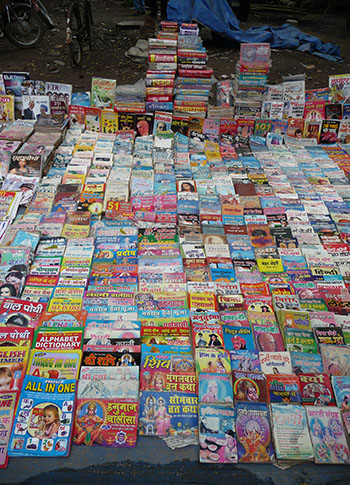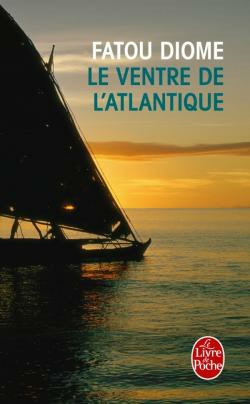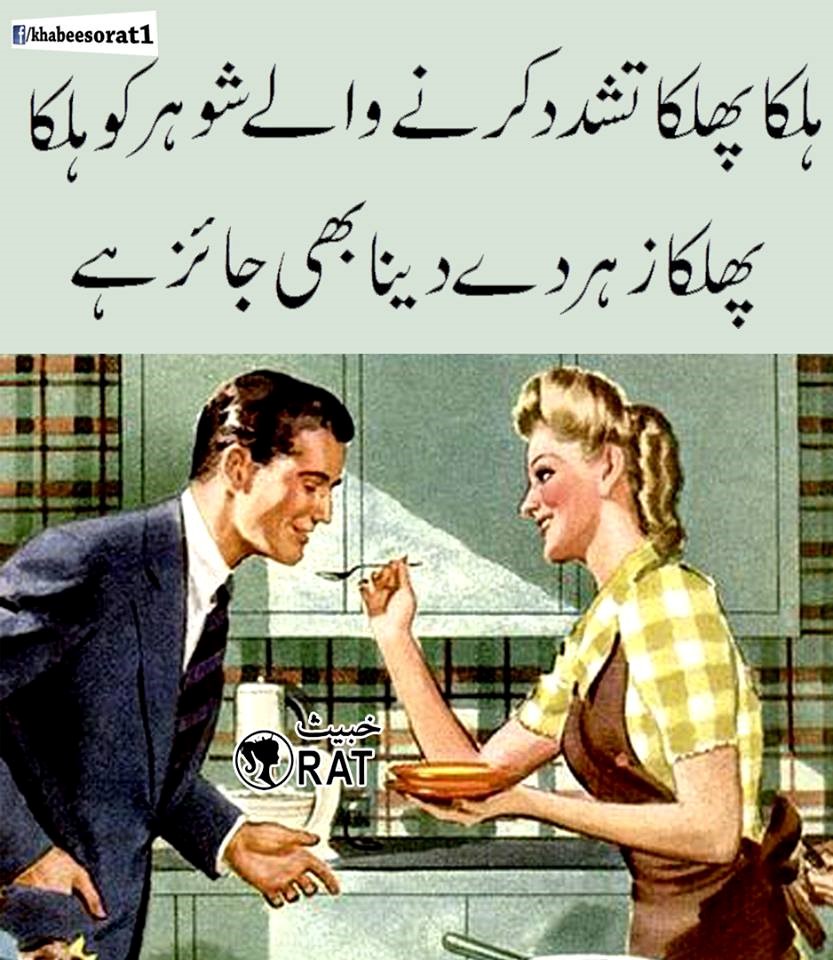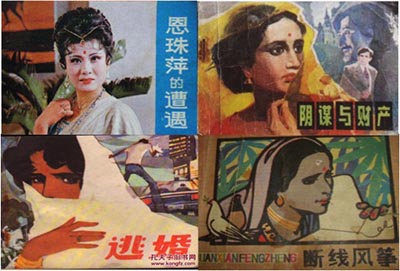Popular and Pulp Fiction
A focus on forms of ‘popular’ or ‘pulp’ fiction draws attention away from the published novel as the preferred model of literary circulation within theorisations of world literature. By examining manifold methods of literary consumption, we are able to create a holistic picture of the reading practices and tastes of local audiences.
The physical form of the chapbook, for example, is common to all of our case study regions and provides an alternative mode for the consumption of both fiction and non-fiction texts, particularly in the earlier periods covered by the project. Genres such as speculative or science fiction, crime fiction, and historical fiction, meanwhile, emphasise the importance of considering literary forms whose appeal is couched in an aesthetics and subject matter that is distinct from that of other, more ‘highbrow’ genres. Literature written for and marketed at specific audiences, too, furnishes fertile ground for analyses that privilege the taste and habits of readers, and highlight instances of the reworking or reshaping of existing narratives; children’s literature and fairytales, for example, emphasise that the didactic potential of literature is not limited to so-called ‘great works’ but can find form in narratives whose readerships are sharply delineated.
The ‘popular,’ here, refers to a broad selection of literary forms, the constitution of which yields rich pickings for comparative case studies between languages, regions, and time periods.
Postcolonial Print Cultures Conference: Hindi literary activism in the 1950s
Professor Francesca Orsini (SOAS), examines the production and re-production of short stories in Hindi literary magazines in the 1950s, offering a case study of the Hindi magazine Kahani (Short Story, 1954). She argues that world literature can only be envisioned and produced through local views, rather than under one overarching banner of what constitutes “world literature.” Her talk highlights the medium of the magazine as a site of non-state literary activism that placed readers and young writers at the center, the preference for the story as opposed to the novel, and the multilingual knowledge that animated reading practices, even when publication occurred in a single language (Hindi).
Football and Migrant crises: Fatou Diome’s Le Ventre de l’Atlantique
Published in 2003, Fatou Diome’s début novel Le Ventre de l’Atlantique (The Belly of the Atlantic) followed a defining moment in modern Franco-Senegalese history: the 2002 Fifa World Cup.
Khabees Orat: A reflection on bi-cultural humour
The character “Khabees Orat. portrays the opposite of what an average Pakistani woman is expected to be, in return becoming the representation of the inner voice of a large majority of local women. ” Where “orat” can literally be translated into “woman”, “Khabees” is a combination of “notorious,” “wicked, “dishonorable,” “devilish” and “corrupt” qualities.
SOAS CCLPS Critical Forum – Nadeschda Bachem & Yan Jia
Opening horizons to the multifacetedness of cultural production on the Asian continent using case studies from Japan and South Korea, China and India





